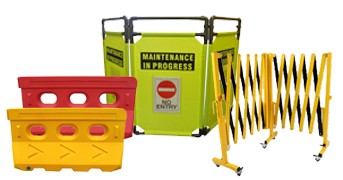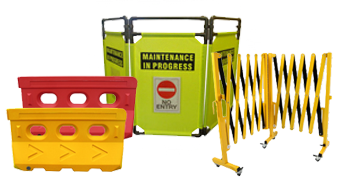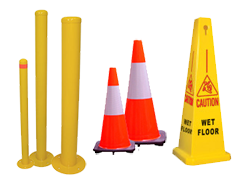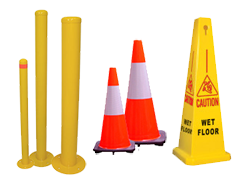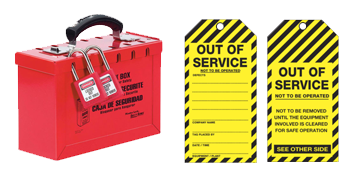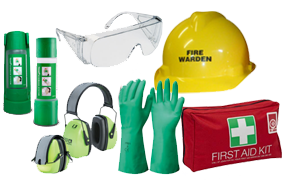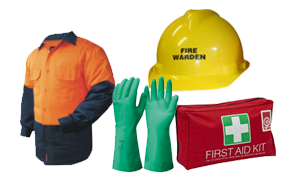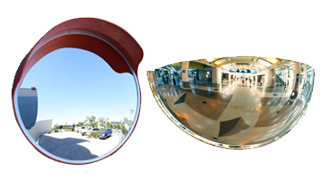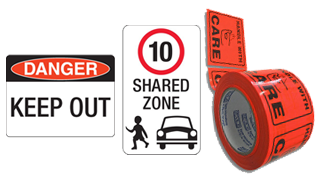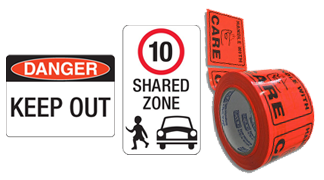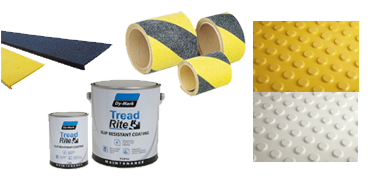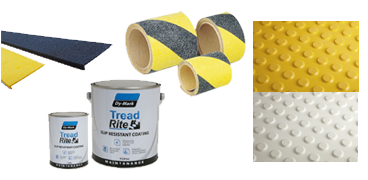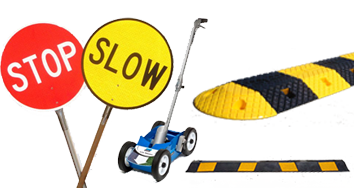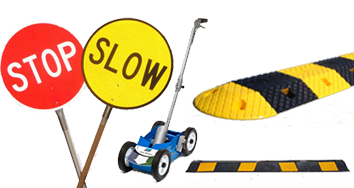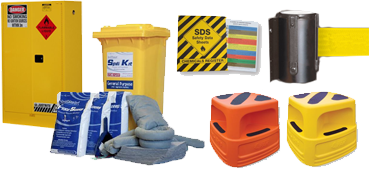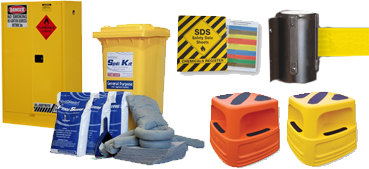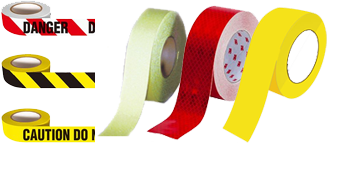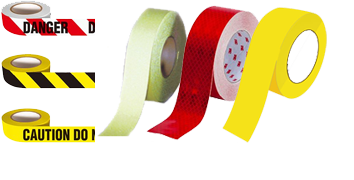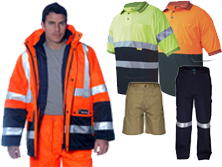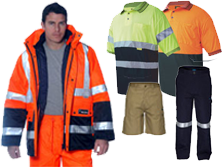Too much time spent on your feet can cause a number of health problems, such as lower back, neck and leg pain, circulatory problems and more. In fact, standing requires 20 percent more energy than sitting according to a recent study by Cornell University. This is where an anti-fatigue mat comes to the rescue. In a recent study published in the US National Library of Medicine, antifatigue mats in combination with shoe inserts and other measures have been proven to help reduce the incidence of back and lower leg pain. For more detail, you can read the entire article here - https://www.ncbi.nlm.nih.gov/pmc/articles/PMC4591921/
Safework Australia recorded more than 360,000 work-related musculoskeletal disorder compensation claims between 2009/10 and 2013/14. This was an astounding 60 per cent of all claims in that period with more than half of these being back and shoulder injuries.[1]
Aside from protecting your workers, an additional benefit for having anti-fatigue mats installed in the workplace is a financial one. Not only will anti-fatigue mats help in reducing the amount paid out in injury leave, but they have been shown to increase staff productivity due to providing increased comfort. Hard concrete floors result in increased tiredness, slow down the workflow pace, due to workers unconsciously slowing down to conserve energy their bodies know they will need later. With the added comfort of anti-fatigue matting, staff can work at their full potential without the risk of injury.
How Do Anti-Fatigue Mats Work?
Antifatigue mats work by promoting subtle foot movement as the feet adapt to the cushioned surface, which helps the lower leg muscles contract and expand to improve circulation. Many of the most effective mats have patterns designed to promote lower leg movement. Floor mats also offer a supportive cushion to absorb the pressure on the feet, ankles, legs and joints to help alleviate pain associated with prolonged standing at work. Research shows that standing on an anti-fatigue mat versus on a normal rigid surface can significantly reduce lower back pain.
The Science of Anti-Fatigue Mats
Science shows that it is a good idea to incorporate anti-fatigue mats into your workspace if you are standing for prolonged periods. For example retail workers, factory and warehouse workers. Why? A prolonged standing strain index (PSSI), which was developed to assess the risk associated with standing jobs, revealed that a standing duration greater than one hour continuously was unsafe for health. In this study published in the International Journal of Occupational Medicine and Environmental Health, 16 participants without previous low back pain were asked to stand for 2 hours in two different standing positions alternating between using an anti-fatigue mat and standing on a rigid surface. The majority of the participants (15 out of 16) self-reported a reduction in low back pain. In a recent systematic review of 10 studies, which looked at the effects of softer flooring, like anti-fatigue mats, on reducing discomfort and fatigue among standing workers, there was a moderate level of evidence that supported the use of softer flooring in reducing musculoskeletal discomfort after prolonged periods of standing at work. A sloped floor mat can decrease lower back pain. One study found that those who stood on a sloped surface over a prolonged period of time had fewer lower back pain episodes. The researchers rationalized that sloped surfaces in some way modify the way that gluteal muscles are used during long bouts of standing to maintain pelvic stability — and therefore reduce lower back pain.
Employee Comfort Is Crucial
The bottom line is that floor conditions have been shown to play a role in workers' comfort level when on their feet for long hours. Research in the journal Applied Ergonomics concluded that modifying flooring can alleviate leg swelling for workers standing for 4 hour shifts in lab and field settings. This is where an anti-fatigue mat for workspaces comes in handy. The best anti-fatigue mats offer various terrains and encourage foot movement. Ideally, alternating between sitting and standing at work is the healthiest and most productive proposition.

